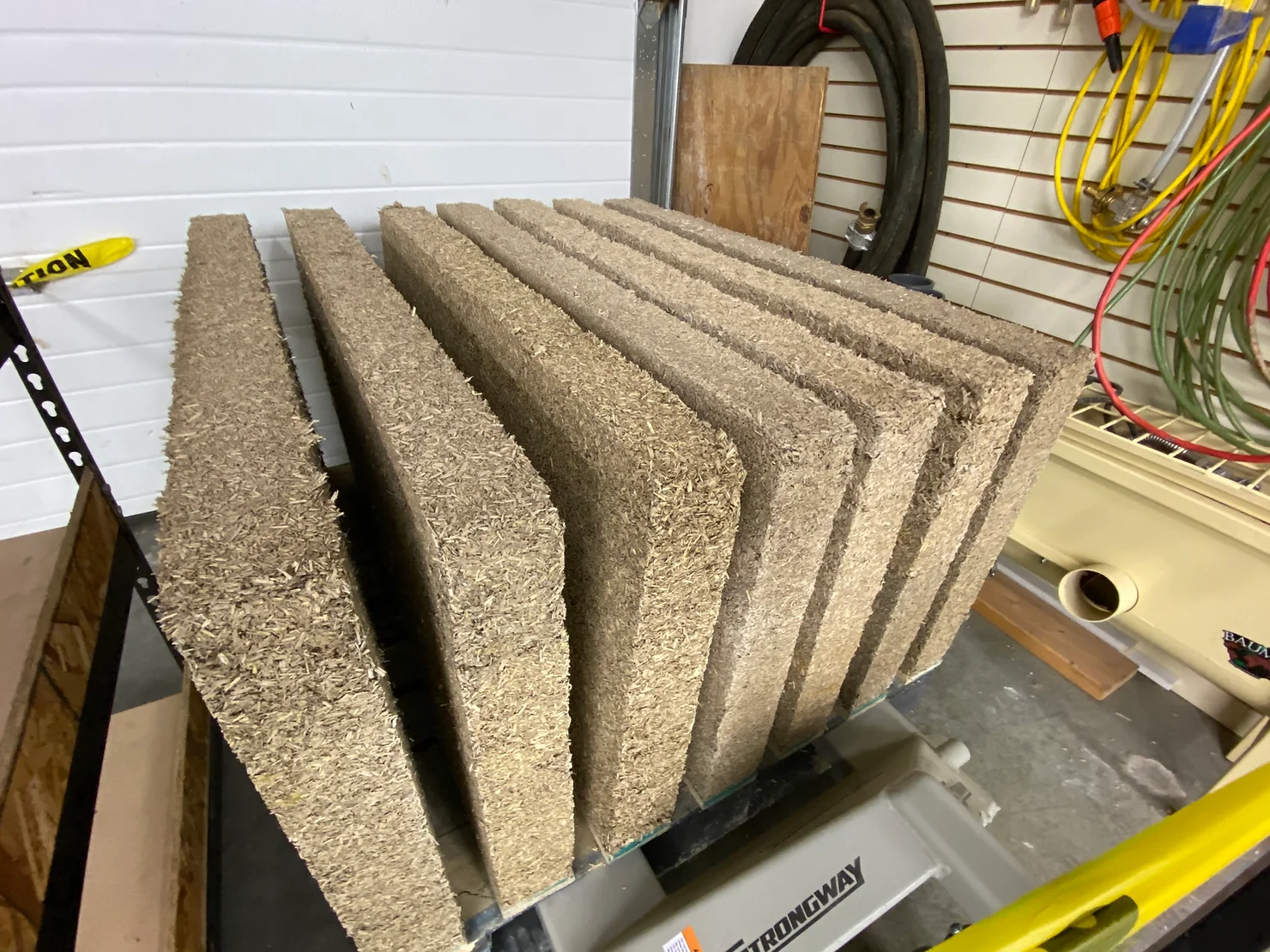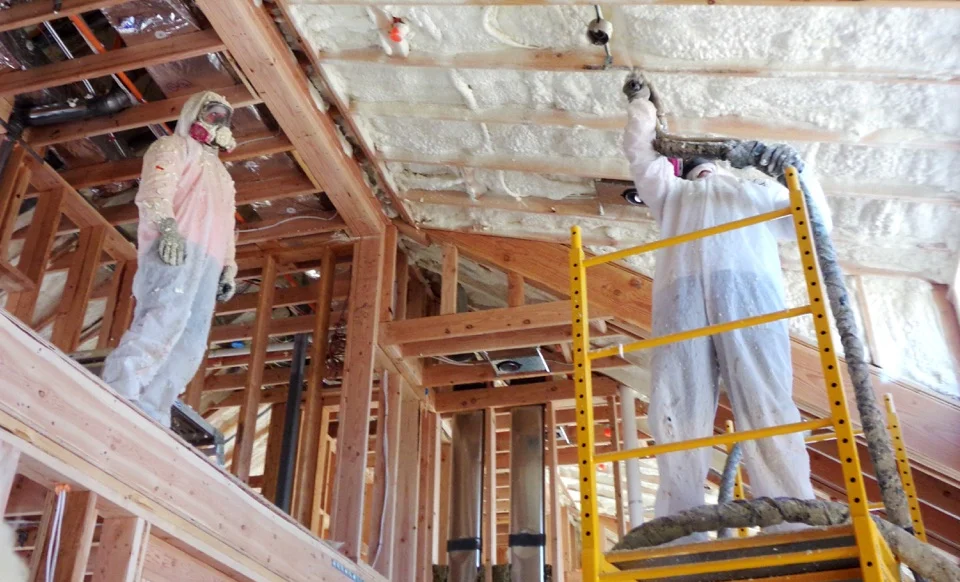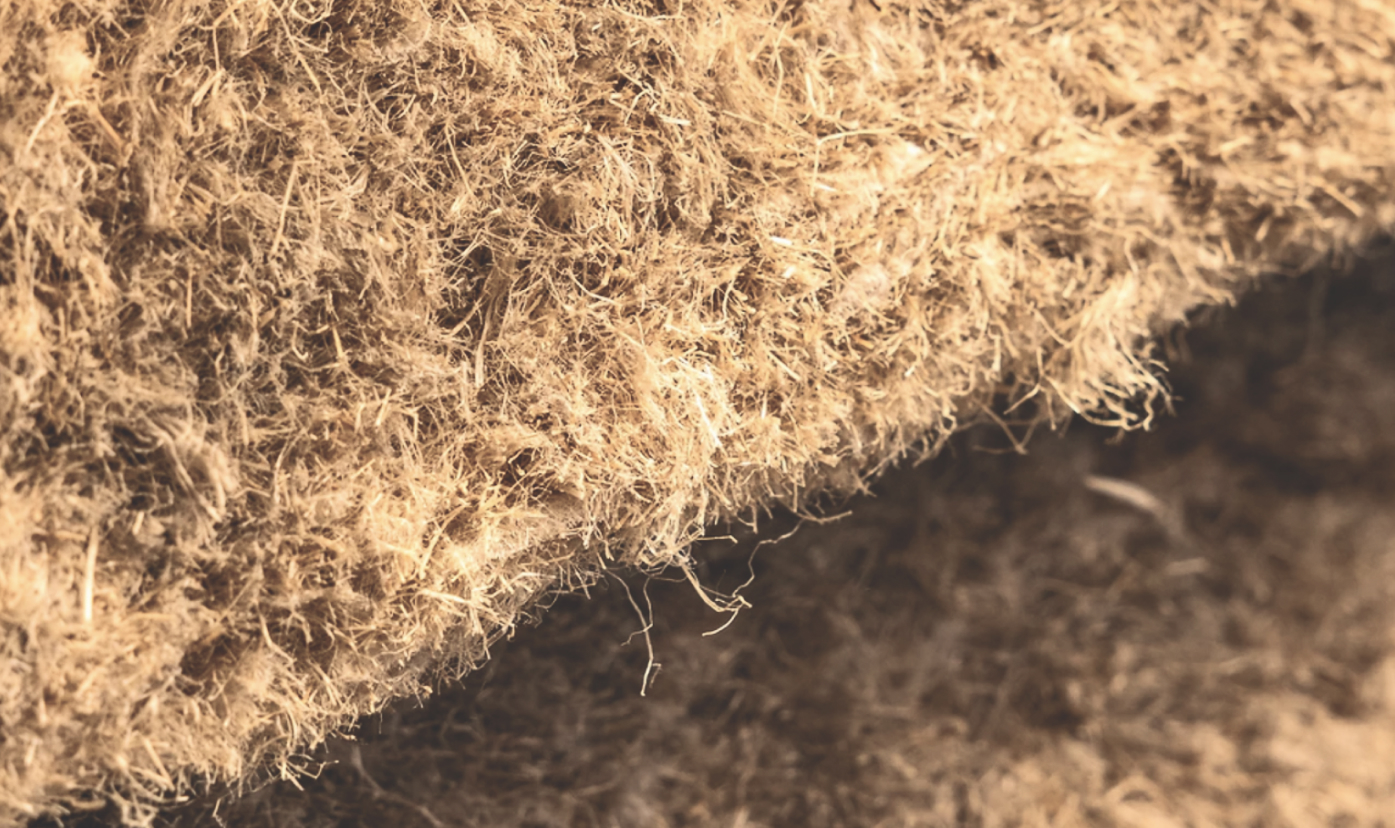Look, we’ve all seen videos on the internet that claim hempcrete is a fireproof building material. We’ve seen blowtorches, flamethrowers, and household lighters put to hempcrete walls. We’ve seen how in those videos, very little happens to the surface of the material: it doesn’t go up in flames, it doesn’t create black acrid smoke.
For quite some time, we’ve all known that hempcrete is fireproof. So what has been holding us back from truly being able to call hempcrete the fireproof material that it actually is here in the US? The answer to this question comes down to one thing: lack of testing.
For years, Hempitecture has been working with Hempcrete / Hemp-Lime composites and we have faced the disadvantage of little to no US based testing on the mechanical and performance properties of the material. For many projects, we have submitted paperwork and documentation from other countries, like France and the UK, that certifiably show hempcrete is a fireproof material. These tests have conclusively determined that indeed, hempcrete is fireproof. Yet, much resistance has been put up by local building inspectors and permitting agencies. As though the laws of physics are different in the countries that hempcrete has been previously tested in, these documents do not suffice for arguing hempcrete’s flame resistance here in the US. Further complicating things is that these tests and the data associated with them is generally in metric, a challenging conundrum for those only versed in our imperialist measurement system.
Hempcrete has has never been technically fireproof in the United States, until just last week.
Before the new year, Hempitecture completed making sample hempcrete specimens for a much-needed test: ASTM E84.

So why is ASTM E84 so crucial for hempcrete acceptance in the US?
According to ASTM:
The purpose of this test method is to determine the relative burning behavior of the material by observing the flame spread along the specimen. Flame spread and smoke developed index are reported.
ASTM E 84 tests are used by code officials and regulatory agencies in the acceptance of interior finish materials and materials for various applications.
Without ASTM E84 testing on materials, code officials and regulatory bodies governing construction in the US can’t actually say that the material is fireproof. Sorry, but your YouTube video isn’t going to fly for this.
After completing the casting of sample specimens for ASTM E84 testing, they were packaged up (very carefully) and sent to a testing laboratory. The results were not surprising for us, but they were for the testing agency. They reported back that the only material they have seen perform this well in the past is mineral wool.

This just may be the only test that we’ve been ecstatic to get a 0 on. To clarify, the Flamespread Index and Smoke Developed Index are two scales used to measure the amount the flame spreads and how much smoke is generated. It is a 0 to 450 scale. Hempcrete scored 0, the highest possible rating.
This is a huge leap forward for the hemp building industry, and the above document can be used to help support the acceptance of your project.*
Just take a look at some of the samples, after the temperature was cranked up to 575 Degrees Farenheit:
Before:

After:


We’re hopeful that much more testing on the properties of hempcrete in the US will be carried out, and that those tests will further tout the benefits of this carbon-cured insulation material.
*Note: while this test does relate to hempcrete as a whole, variables such as hurd type and binder are specific to each project and we cannot certify that different hurd and binder combinations will achieve the same results. This test was conducted with binder and hurd that is available through Hempitecture.



